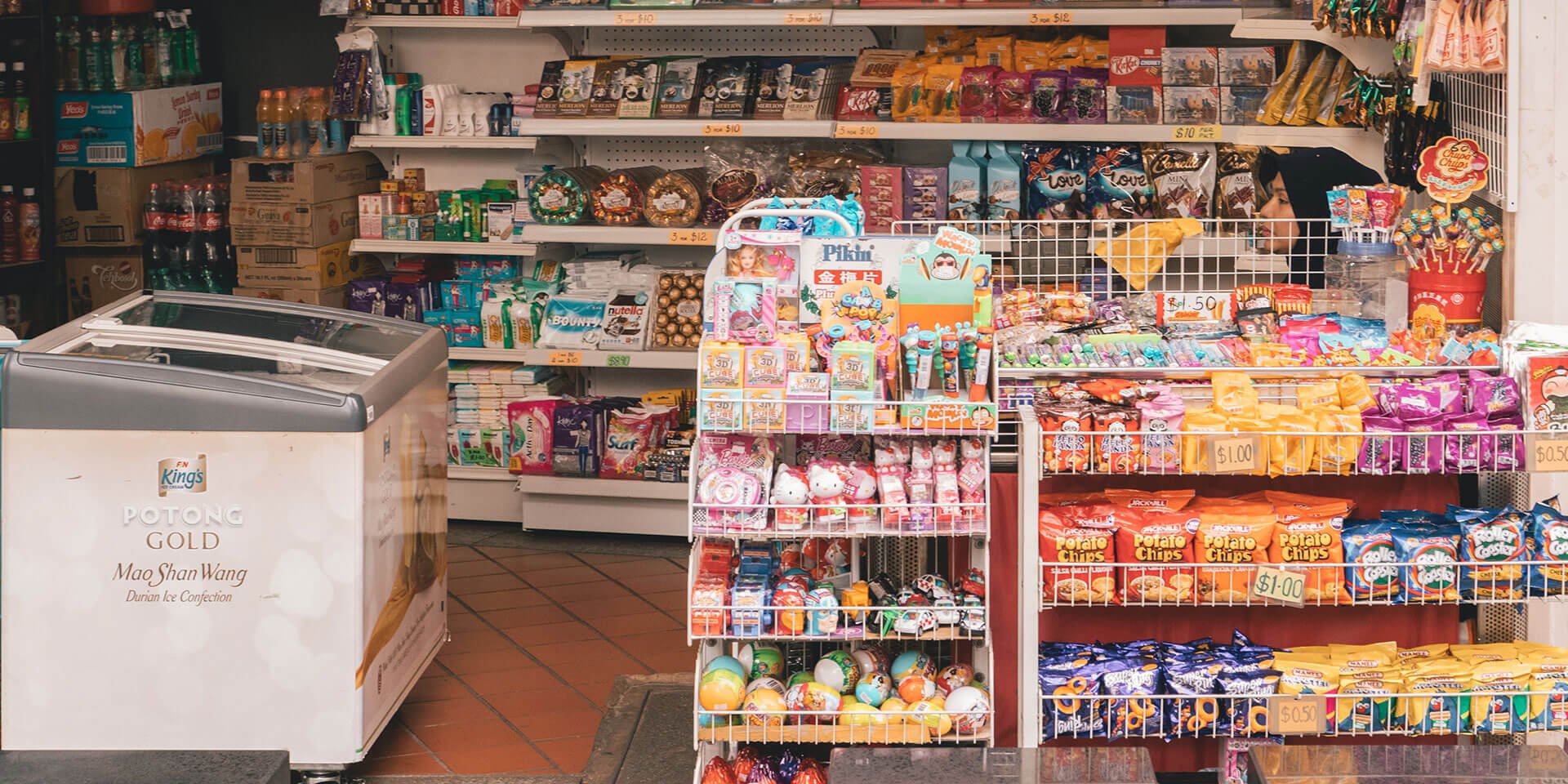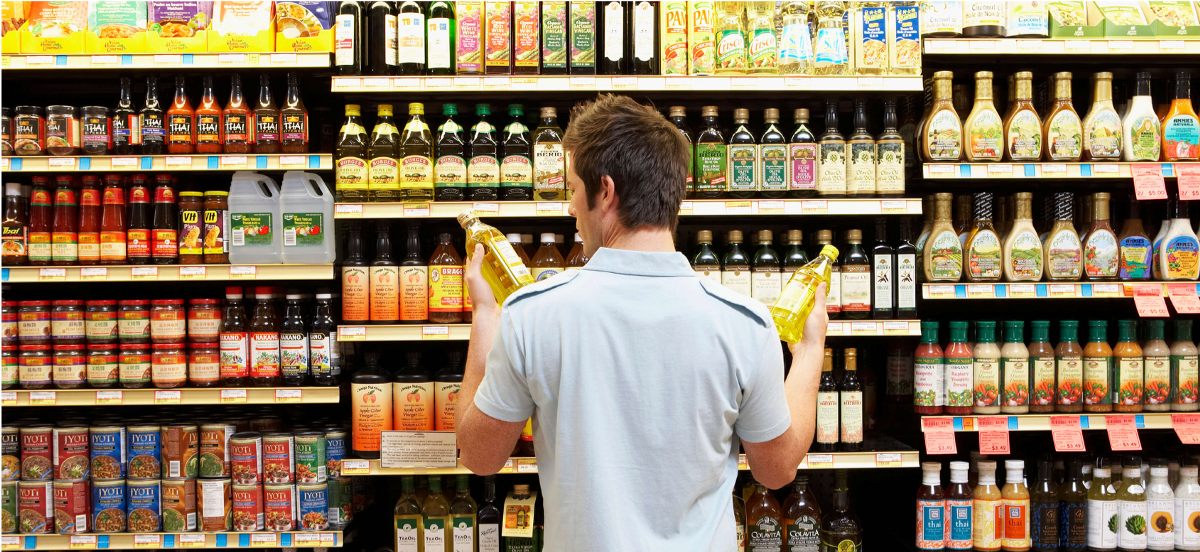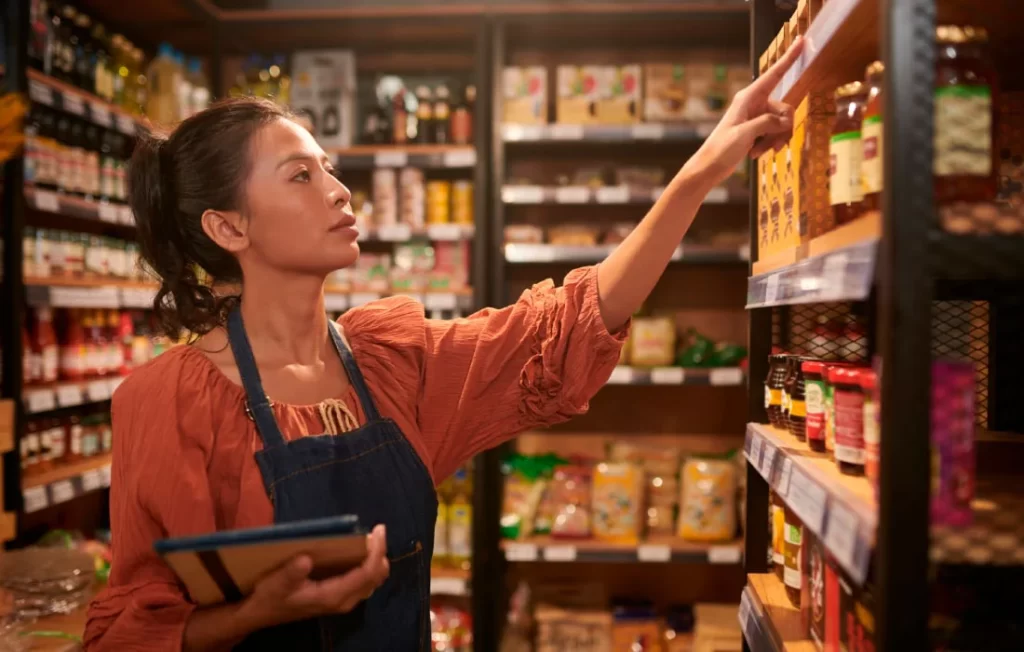Launching a consumer packaged goods (CPG) brand in the U.S. is a big leap—and an expensive one. Too often, brands make that leap based on intuition, past success in other countries, or assumptions about “market potential.” The result? Poor sell-through, shelf delisting, and money lost.
The truth is, many products that perform well locally fail to find traction in the U.S. simply because the opportunity wasn’t properly validated. Before you invest in export logistics, trade shows, wholesaler negotiations or retail outreach, you need to ask the most important question:
Is there really space for my product in the U.S. market?
This article will walk you through the core areas you need to evaluate to make an informed, data-driven decision—and avoid costly mistakes that can be prevented with strategic foresight.
1. Understand category maturity and shelf saturation
The first and most critical question is: Is your product entering a crowded, mature category, or one that still has room for innovation and differentiation?
✅ What to look for:
- Number of SKUs in your category in key retailers (e.g., Whole Foods, ShopRite, Wegmans)
- Dominance of legacy brands vs. emerging ones
- Shelf space density vs. purchase frequency
- Innovation rate (how often do new products enter and survive?)
If your category is highly saturated—say, plant-based milks or protein bars—then your brand needs to bring a very sharp and clear differentiation to justify its shelf presence.
🔎 Tip: Go into stores and photograph the category. If you can’t instantly identify where your product fits—or what makes it different—you have a problem.
2. Validate consumer demand at a localized level

Even if a category is growing nationwide, that doesn’t mean there’s demand in the markets you’re targeting. The U.S. is not one homogeneous market—especially in food and beverage.
✅ What to explore:
- Regional taste preferences (Northeast vs. Southeast vs. West Coast)
- Cultural or ethnic alignment (Does your product match the local demographic profile?)
- Retailer assortments in your target region
- Search trends or social listening for your category keywords
🔹 Example: A tropical fruit beverage may be well-positioned for South Florida, but could struggle in the Northeast unless supported by education and local relevance strategies.
3. Analyze competitive pricing structures
One of the most common reasons brands fail is because they cannot land a viable retail price point, either due to high COGS or unrealistic expectations.
You should reverse-engineer your price starting from the shelf:
- What is the consumer price point for similar products in the category?
- Can you reach that number after accounting for wholesaler, retailer, broker, and promo margins?
- Are you underpricing yourself and devaluing your positioning? Or overpricing and losing competitiveness?
If the numbers don’t work from the shelf backward, you may need to rethink your hero SKU or your entry strategy entirely.
4. Identify whitespace or differentiation opportunities
The most successful brands aren’t the ones that copy what’s already working—they’re the ones that solve a need that others haven’t solved yet, or do it in a way that resonates better with the target audience.
Use this checklist to pressure-test your differentiation:
- Do you have a functional, emotional or cultural angle that hasn’t been tapped?
- Is your packaging format truly different or optimized for shelf impact?
- Are you creating a new use occasion or challenging a legacy brand?
🔹 If your only differentiator is “we use better ingredients,” that’s probably not enough.
5. Talk to the right people before you move

Don’t guess. Talk to experts who know the market from inside the shelf. That includes:
- Retail buyers (when possible)
- Brokers who understand category rotation and margins
- Sales & merchandising teams who see what happens day to day
- Consultants who have launched similar products and can tell you the truth—even when it’s hard to hear
At MCC, we’ve seen many brands lose time and money because they skipped this step. A single validation conversation early on can save months of effort and thousands of dollars.
Conclusion: Invest only when your opportunity is real
The U.S. market offers enormous potential—but also enormous risk. Brands that succeed here do the homework first. They validate the opportunity, build a product-position-price alignment, and enter with clarity and competitive strength.
At Group MCC, we help CPG brands evaluate the real viability of their product before they invest. Through our strategic consulting services, we analyze your category, pricing, regional potential and differentiation—and help you build the roadmap that turns potential into performance.
If you’re considering launching in the U.S. but want to make sure there’s room for you before you invest, contact us. We’ll help you find the answer—and the strategy behind it.










